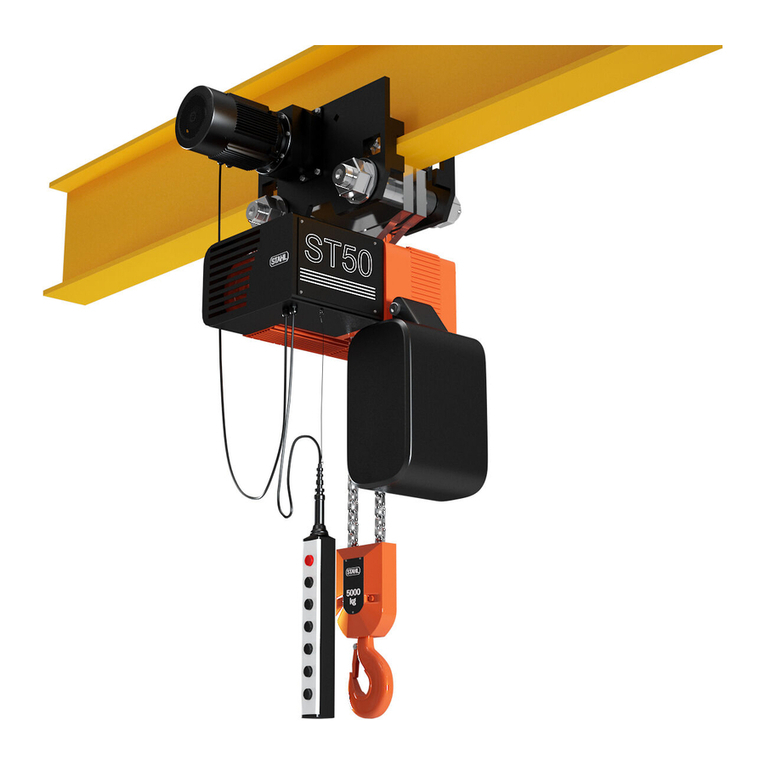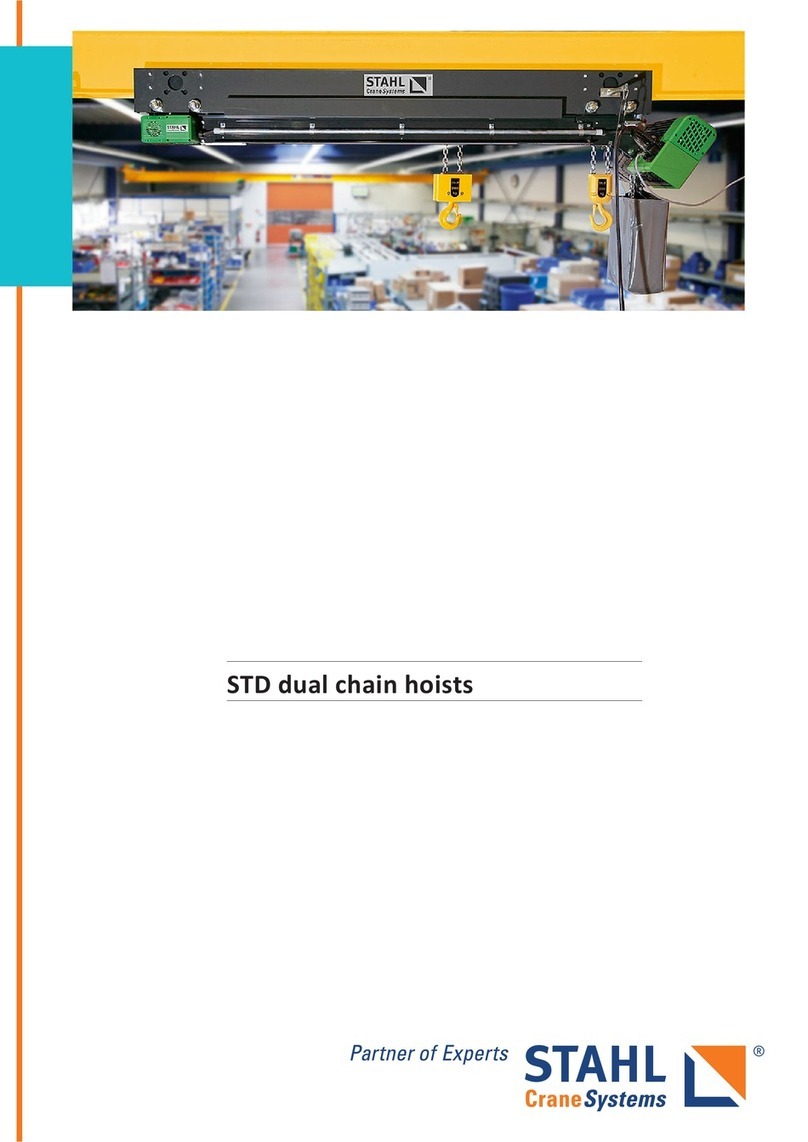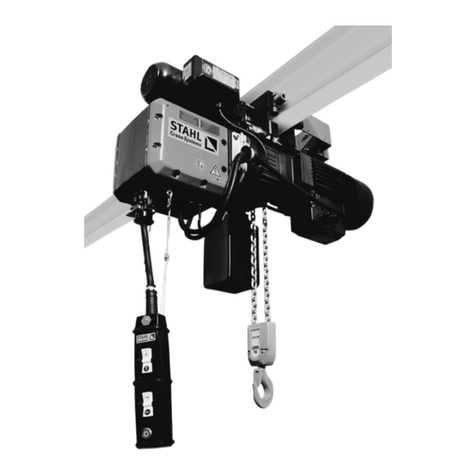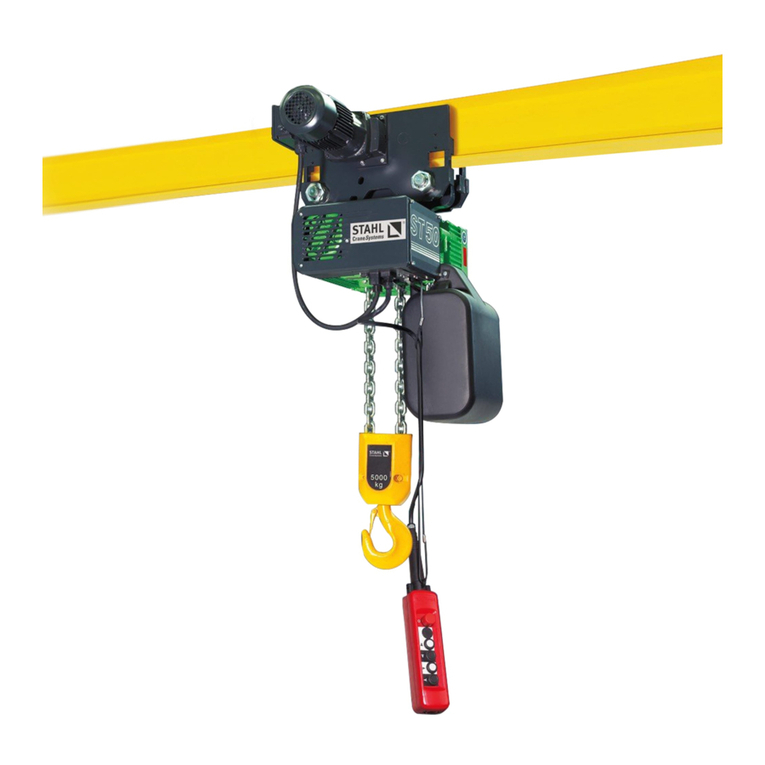Content
1General information ................................................................................................................................................................................................ 5
1.1 Copyright................................................................................................................................................................................................................... 5
1.2 Symbols..................................................................................................................................................................................................................... 5
1.3 Warranty.................................................................................................................................................................................................................... 6
1.4 Declaration of conformity / declaration of incorporation.................................................................................................................................6
1.5 Spare parts................................................................................................................................................................................................................ 6
1.6 Terminology.............................................................................................................................................................................................................. 6
1.7 Test book / crane logbook ..................................................................................................................................................................................... 7
1.8 Transport and storage............................................................................................................................................................................................ 7
1.9 Weight........................................................................................................................................................................................................................ 7
1.10 Installation, commissioning, maintenance and repairs................................................................................................................................... 8
1.11 After-sales service................................................................................................................................................................................................... 8
1.12 Periodic tests............................................................................................................................................................................................................ 8
1.13 Environmental information.................................................................................................................................................................................... 9
1.13.1 Life cycle assessment..................................................................................................... 9
1.13.2 Energy consumption ....................................................................................................... 9
2Safety instructions ................................................................................................................................................................................................10
2.1 Use for intended purpose ....................................................................................................................................................................................10
2.2 Inappropriate use...................................................................................................................................................................................................10
2.3 Residual dangers...................................................................................................................................................................................................11
2.4 Organisational safety precautions.....................................................................................................................................................................11
2.5 General regulations...............................................................................................................................................................................................12
2.6 Personal protective equipment...........................................................................................................................................................................12
2.7 Protection against falling .....................................................................................................................................................................................12
2.8 Sound pressure level............................................................................................................................................................................................12
2.9 Fire safety................................................................................................................................................................................................................12
2.10 Safety-conscious operation ................................................................................................................................................................................13
2.11 Attaching load ........................................................................................................................................................................................................13
3Introduction ............................................................................................................................................................................................................14
4Installation...............................................................................................................................................................................................................15
4.1 Stationary chain hoist...........................................................................................................................................................................................15
4.2 Chain hoist with trolley.........................................................................................................................................................................................16
4.2.1 Assemble the trolley......................................................................................................16
4.2.2 Adjust trolley to runway width .......................................................................................19
4.3 Installing trolley on chain hoist...........................................................................................................................................................................21
4.4 Attach the trolley to the runway beam...............................................................................................................................................................23
4.5 Connecting electric trolley...................................................................................................................................................................................24
4.6 Mounting guide rollers .........................................................................................................................................................................................24
4.7Mounting support rollers .....................................................................................................................................................................................24
4.8 Runway endstop....................................................................................................................................................................................................25
4.9 Disassemble and assemble chain bucket ........................................................................................................................................................25
4.9.1 Disassemble chain bucket............................................................................................25
4.10 Mounting control pendant ...................................................................................................................................................................................27
4.11 Connecting to mains.............................................................................................................................................................................................27
4.11.1 Protective conductor......................................................................................................27
5Commissioning......................................................................................................................................................................................................28
6Operating.................................................................................................................................................................................................................29
6.1 Duties of crane operator.......................................................................................................................................................................................29
6.2 Operating control pendant...................................................................................................................................................................................30
6.3 Emergency stop.....................................................................................................................................................................................................30
7Inspection and maintenance...............................................................................................................................................................................31
7.1 Inspection intervals...............................................................................................................................................................................................32
7.1.1 Every day .......................................................................................................................32
7.1.2 Every month...................................................................................................................32
7.1.3 Every three months .......................................................................................................32
7.1.4 Every year......................................................................................................................32
7.1.5 Every five years .............................................................................................................32
7.2 Checking function of slipping clutch without load.........................................................................................................................................33

































